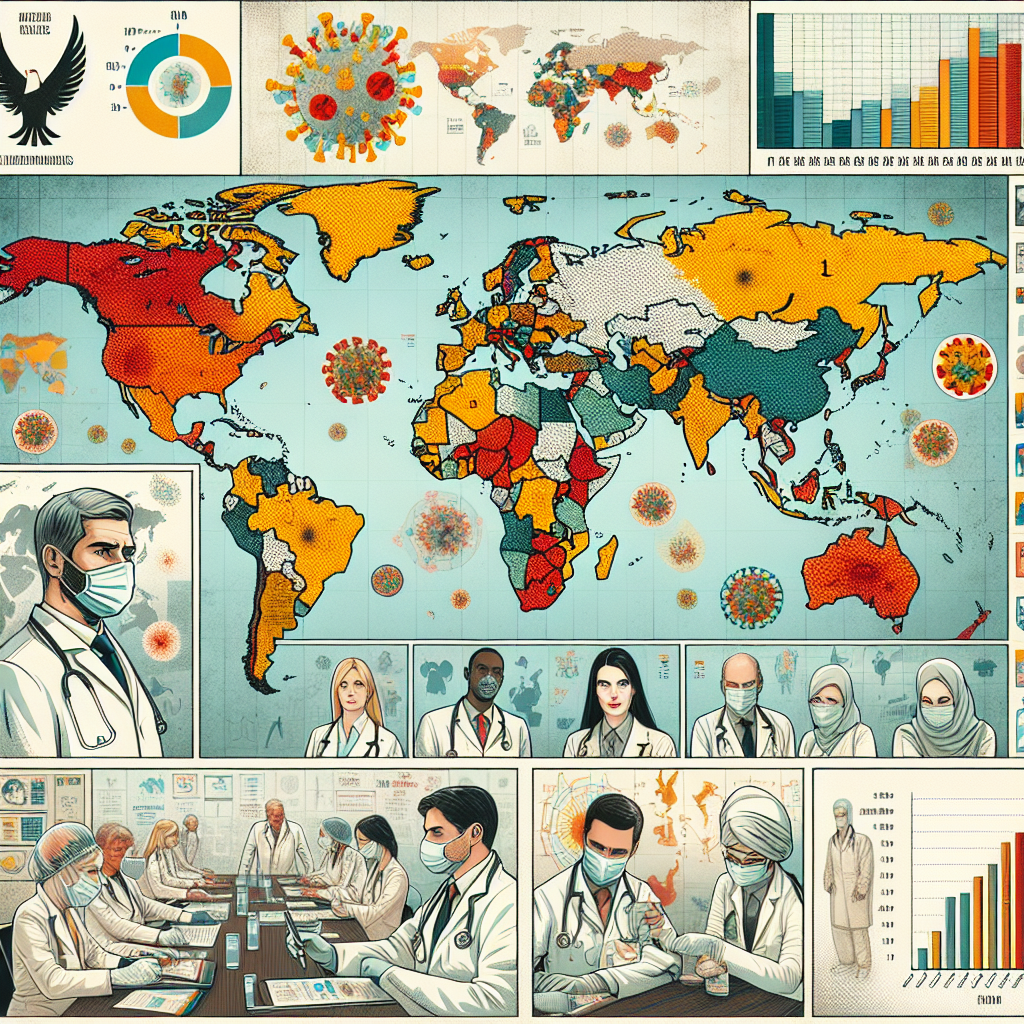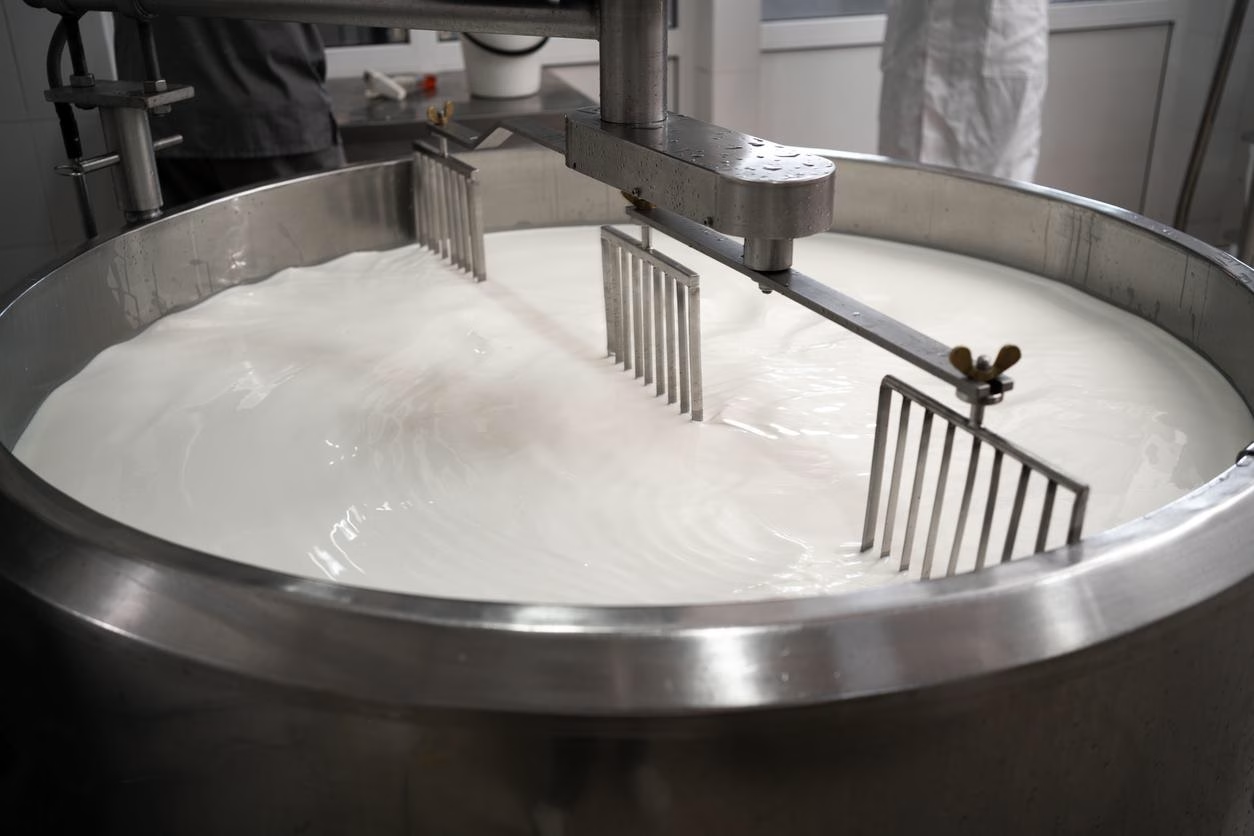Are wealthy nations ready for a bird flu pandemic? Discover how they’re securing vaccines and boosting surveillance, and the implications for low-income countries.

The surge in avian influenza (H5N1) cases in poultry and cattle has sparked global concern. While the virus is currently confined to animal populations, the potential for it to evolve and infect humans, leading to a pandemic similar to COVID-19, is a pressing issue that demands immediate attention.
Affluent nations are taking swift action. They’re boosting surveillance systems and securing vaccines:
- The European Commission bought around 700,000 vaccine doses with options for millions more.
- The U.S. Department of Health and Human Services has added millions of doses to its stockpile.
- Finland is vaccinating high-risk workers in sectors like fur farming and poultry.
Immunologist Scott Hensley from the University of Pennsylvania in Philadelphia issues a stark warning: “The current state of this virus may not indicate a pandemic. However, a single mutation could completely alter this equation with influenza viruses, leading to unforeseen consequences.”
Despite these efforts, there are concerns that low-income nations would be left behind, comparable to the inequities shown during the COVID-19 epidemic.
Rising Avian Influenza Cases in U.S. Cattle: Are We Prepared for Human Transmission?
As avian influenza infections in livestock in the United States grow, nations prepare for the prospect of human transmission. The highly virulent avian influenza H5N1 has been found in 145 cow herds and four agricultural workers spanning 12 states in the United States. Many more instances are likely to go undiscovered. Angela Rasmussen, a virologist at the University of Saskatchewan, believes the chances of controlling the epidemic are “slim by the day.”
According to studies, the virus transmits between cows via infected milking equipment rather than airborne particles. The more serious worry is that the virus will adapt to infect animals more efficiently, notably via the respiratory system, making it more challenging to manage. Given cows’ frequent interaction with humans, this might lead to a pandemic.
Scott Hensley, an immunologist at the University of Pennsylvania in Philadelphia, cautions that the virus’s present status does not indicate a pandemic. However, a single mutation may change the equation with influenza viruses.
Marshalling Resources: Global Efforts to Forestall an H5N1 Pandemic through Vaccines and Strategies
Wealthy countries are mobilizing resources to combat the H5N1 danger. A crucial task is to acquire current vaccinations and create new ones. The European Commission just obtained 700,000 doses of a flu vaccine that combats H5 strains, with the possibility for an additional 40 million. Similarly, the United States Department of Health and Human Services acquired approximately five million doses to increase its stockpile.
Next-generation vaccines, particularly those incorporating mRNA technology, are also being developed. This technique enables speedier manufacture and updated formulas when new strains evolve. The United States has allocated $176 million to Moderna for an mRNA-based H5 influenza vaccine.
Global efforts to combat the H5N1 threat are underway, with countries significantly investing in risk assessments and epidemic modeling. However, as Nicole Lurie of the Coalition for Epidemic Preparedness Innovations points out, these activities need to be underpinned by a spirit of ‘calm urgency’ and global collaboration to ensure the equitable distribution of resources and the effective evaluation of vaccine candidates by the WHO.
Vaccine Strategies: Balancing Tradition and Innovation in Avian Influenza Preparedness
Vaccines are critical components of pandemic preparation, serving as primary defenses against spreading infectious illnesses such as avian influenza.
There are two approaches to vaccine development: classic inactivated viral vaccines and cutting-edge mRNA vaccines.
Traditional vaccinations, often manufactured from viral strains cultured in chicken eggs, are cheaper but take longer. This may be an issue in a rapidly spreading epidemic.
However, mRNA vaccines are quicker and may be easily modified to combat new virus strains. The U.S. Department of Health and Human Services (HHS) has acquired over five million doses of the CSL Seqirus influenza vaccine, which targets H5 strains of influenza A.
The HHS has also committed $176 million in Moderna to create an mRNA-based vaccination for H5 influenza, demonstrating mRNA’s promise for speedy and adaptive pandemic responses. Because of their efficacy and adaptability, researchers are hopeful about mRNA vaccines.
Combining conventional and mRNA vaccinations provides a robust method for managing and mitigating avian influenza risks, improving preparedness for possible human epidemics.
Global Vaccine Equity: A Crucial Challenge in H5N1 Pandemic Preparedness
While affluent nations prepare for an H5N1 pandemic, there is growing worry that low-income countries may fall behind in the vaccination race. This concern is familiar and disturbing, parallel to the COVID-19 epidemic, during which vaccination disparity was pervasive. High-income countries got vaccination supply early on, leaving poorer countries waiting. Organizations such as the Coalition for Epidemic Preparedness Innovations (CEPI) are working hard to prevent this situation from happening again with the H5N1 vaccination. They suggest allocating a fair amount of vaccinations to low-income countries to keep them from the back of the line again.
CEPI’s objectives include negotiating agreements to ensure vaccination access for vulnerable areas and establishing global cooperation for fair distribution. They aim to develop a fair system in which all nations, regardless of economic condition, have access to life-saving vaccines, promoting global health security for everyone.
Vaccinating Cattle: A Strategic Move Against H5N1 Transmission, yet Not Without Challenges
Cattle vaccination might help minimize H5N1 transmission and can be easily integrated into livestock immunization programs. However, it poses challenges: the virus lurks in mammary glands and udder cells, confounding the immune response. Furthermore, vaccinated animals may still transfer the infection without exhibiting symptoms. Researchers are creating novel vaccinations using innocuous DNA viruses and mRNA technology. Because of the possible hazards posed by symptomless but infected animals, vaccinations must be combined with other containment methods to provide adequate control.
Enhanced Surveillance: Key to Monitoring H5N1 Spread from Cattle to Humans
Enhanced monitoring procedures are critical for determining how the H5N1 virus spreads from animals to people. Countries are increasing efforts to collect as much information as possible on H5N1 globally. This involves extensive testing on both cattle and human instances.
Researchers are developing new tests to identify the virus in cattle and address this. Before the U.S. pandemic, it was thought that avian influenza could not infect cattle. There is an urgent need to develop diagnostic tools.
Isabella Monne of the Experimental Zooprophylactic Institute of Venice in Italy spearheads efforts to develop and test techniques for detecting virus particles and antibodies in cow blood and milk. These developments are essential to early diagnosis and containment.
Another critical method is to monitor the virus’s genetic sequences concurrently. Researchers, including Thomas Peacock of Imperial College London, are looking for alterations that increase the virus’s propensity to infect human upper airways. Peacock’s team has created a database catalogs every possible amino acid mutation in the haemagglutinin protein. By examining these altered proteins in human cells, scientists can determine their danger and adaptation to humans.
This real-time mutation monitoring enables quicker risk assessment and better-planned therapies.
mRNA Technology: A Promising Tool in the Fight Against H5N1 Influenza
mRNA technology shows great promise against H5N1 influenza. Unlike traditional vaccines, which use inactivated viruses and take longer to make, mRNA vaccines offer speed and flexibility. These vaccines teach your cells to produce a protein that triggers an immune response, helping your body fight the virus. In trials, an H5 mRNA vaccine has shown strong immune responses in ferrets, a common model for human flu. The main advantage? mRNA vaccines can be quickly updated for new viral strains, which could be crucial if H5N1 starts spreading in humans. This makes them a vital tool in stopping the virus if it mutates.
The Bottom Line
We cannot disregard the possibility of H5N1 avian influenza mutating to allow human-to-human transmission. With escalating livestock cases, worldwide intervention is required. Countries are improving monitoring, stockpiling vaccines, and supporting research. However, issues like vaccination fairness for low- and middle-income countries persist. Vigilance, scientific research, and balanced resource allocation are critical. Our most robust defense is international collaboration and readiness. We must be determined, imaginative, and united to protect health and avert the next pandemic.
Key Takeaways:
- Cases of H5N1 are rising in cattle in the U.S., increasing concerns about potential human transmission.
- Countries are ramping up surveillance efforts and purchasing vaccines to prepare for possible outbreaks.
- Vaccines are being developed using both traditional methods and newer mRNA technology.
- Wealthy nations are taking the lead in vaccine procurement, raising concerns about equitable distribution to low-income countries.
- Vaccinating cattle could mitigate the spread of H5N1, but there are challenges and risks involved.
- Increased testing and monitoring are crucial to track the virus’s spread and mutations.
- Global coordination and preparedness are key factors in preventing a pandemic.
Summary:
The rise in avian influenza (H5N1) cases in poultry and cattle has raised global concern as the virus could evolve and infect humans, potentially leading to a pandemic similar to COVID-19. Affluent nations are boosting surveillance systems and securing vaccines, with the European Commission purchasing around 700,000 vaccine doses and the U.S. Department of Health and Human Services adding millions more. Finland is vaccinating high-risk workers in sectors like fur farming and poultry. Immunologist Scott Hensley from the University of Pennsylvania warns that a single mutation could alter the virus’s equation, leading to unforeseen consequences. However, low-income nations are concerned about being left behind, similar to the inequities seen during the COVID-19 epidemic. As avian influenza infections in livestock in the United States grow, nations prepare for human transmission. Global efforts to forestall an H5N1 pandemic through vaccines and strategies are underway, with countries investing in risk assessments and epidemic modeling.












